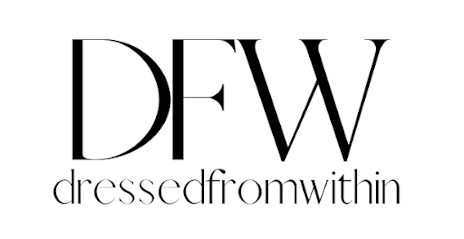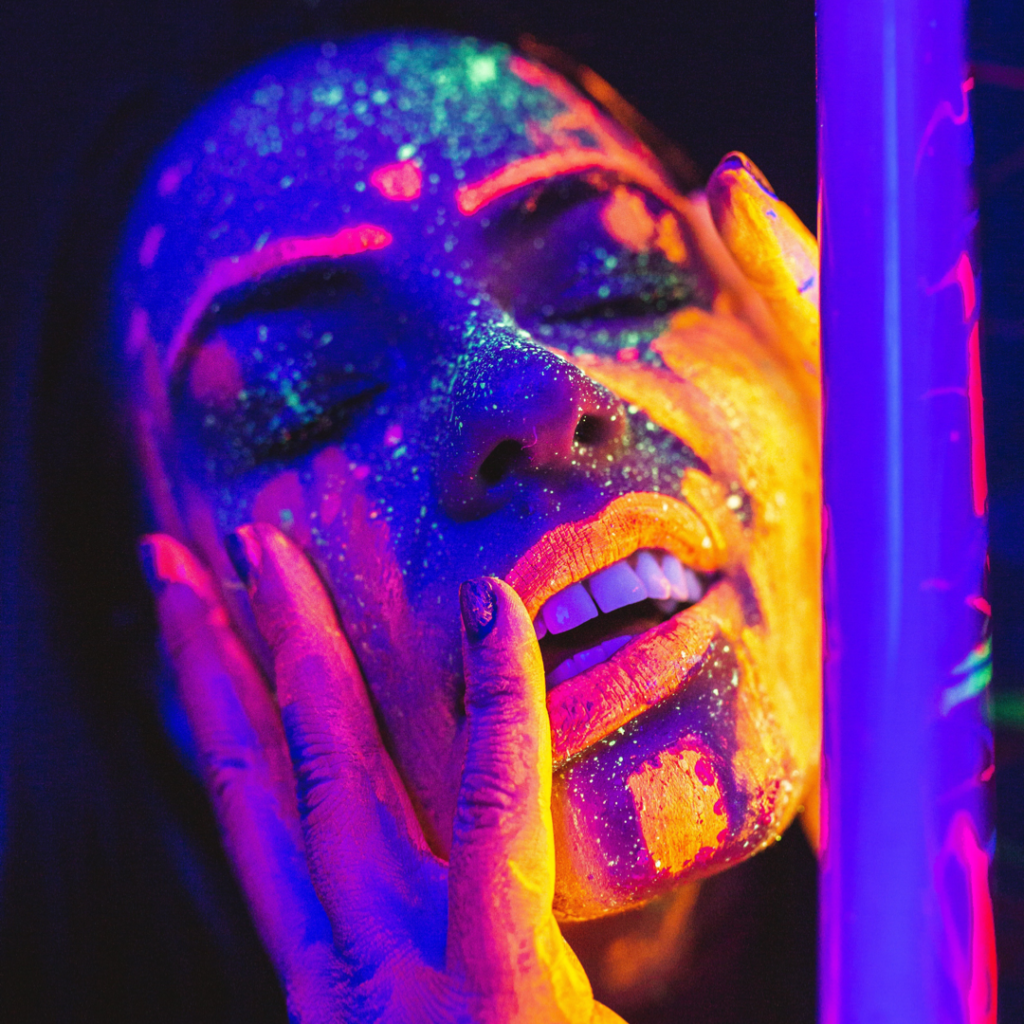The power of human brain is boundless. It is like a vast machine, the most complicated one, perpetually in motion, that never fails to surprise us with its continuous discoveries and new incredible shades we did not even glimpsed a hint of before.
And it is right in this scenario that psychology makes its own appearance, becoming a real protagonist of our lives; it is everywhere, in any context and circumstance, behind the meaning of every action, feeling and human behaviour.
Talking about fashion – because this is why you came across my blog today, I would like to introduce you to a deeper nuance that, most likely, you have not considered before, while wearing your favourite dress or suit, that I personally find truly fascinating: the psychology of colours.
I know it may seem bizarre, but colours are clearly part of us; they are our companions of adventures.
Every day, they take us on a new journey, from our 8 hours shift at work to our night out with our friends or partner; and then they leave us in the comfort of our living room where, while watching our favourite movie, we enjoy our glass of wine before going to sleep.
As you can imagine, each colour has its own history, its origin and its why.
Colours have a spirit, a soul which embodies unmistakable emotions.
Most of the times, when we wear a garment of a specific colour, we assume it is the right one for us, because of the harmonic combination with our skin tone, eyes and hair shape, but we do not actually wonder what is that really makes that colour so special and unique, what message it is trying to communicate, and what is the best occasion for which that colour is suitable.
In my 28, I have worn black too often to start getting sickened by it, since not a long time ago, during my studies of fashion and styling, I have discovered the incredible relations with psychology and people personalities that it contains.
Let’s now start to make a more accurate analysis of this thematic!
I promise, I will reveal you all the secrets I know behind each colour (well, not all of them as there are countless tones generated by the mix between primary, secondary and tertiary colours* – we will embrace the most important ones or, at least the colours we tend to use the most every season), making this journey into fashion even more tempting and exciting.

*Primary Colours: blue, red and yellow.
Secondary Colours are those created by the combination of the Primary ones. Tertiary Colours, instead, are the result of the mix between the Primary and the Secondary ones.
Because I have just mentioned my obsession with black, I will begin with it:
Black
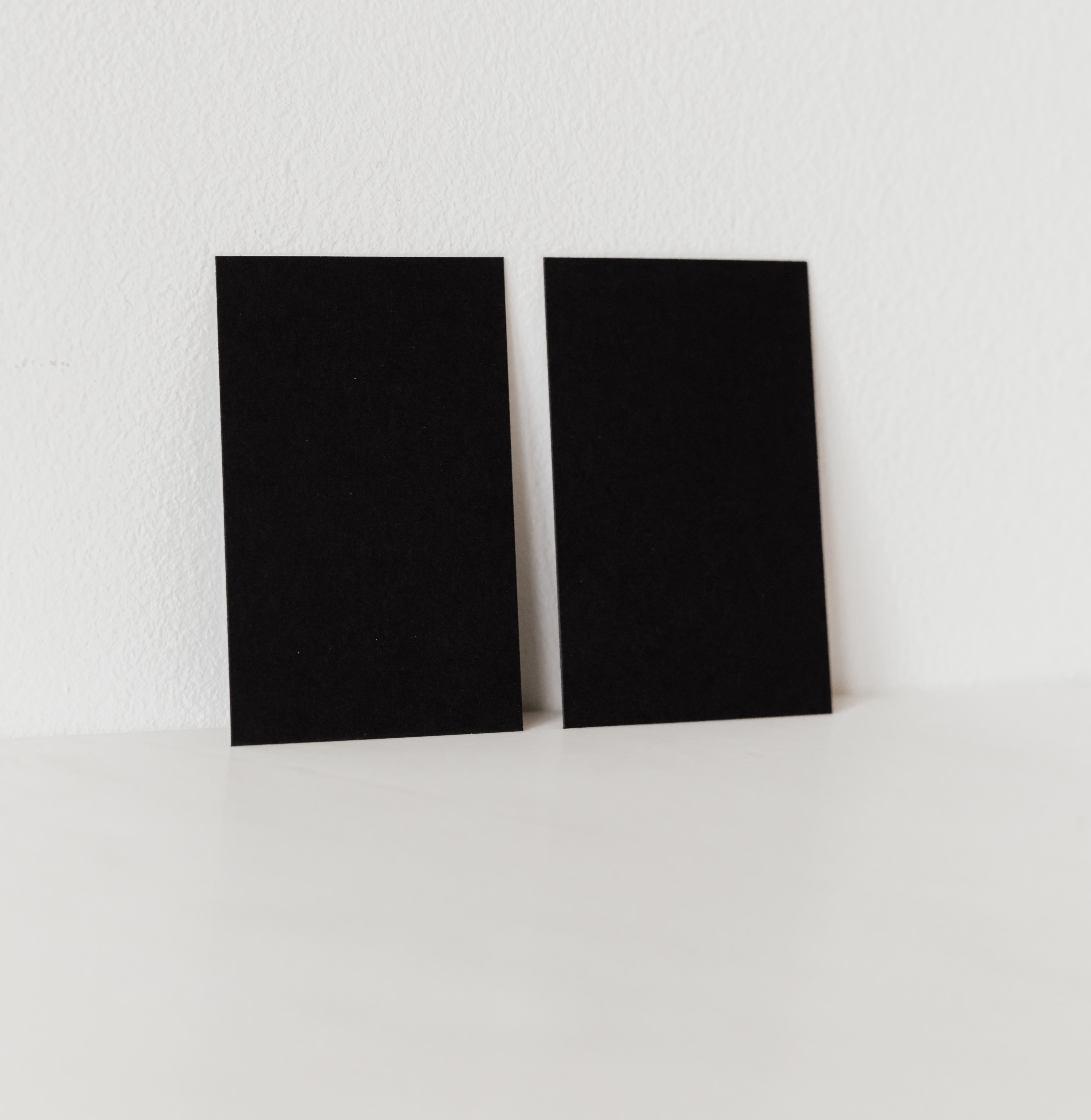
For those who have never thought about it, besides its reducing effects (very useful if you are overweight), black has got a mysterious and enigmatic characteristic.
It represents the absence of light, and therefore it is associated with the night and anything that is hidden.
Dressing in black may indicate that the wearer is feeling lonely and isolated; perhaps someone who is suffering of depression, thus unable to communicate with people or having a social life.
In intimate clothing, black represents a lack of confidence in ability to relate to others, keeping feelings hidden or secretly wanting to be like someone else.
Isn’t it absurd?
Thinking about my adolescence and my time in High School, I may have been very frustrated to be dressing like a punk with my inimitable outfit – all black – and my half-shaved head (I still remember that hairstyle and my mother’s reaction when she first saw me coming back home like that!).
All kidding aside and no offence to Punks (I will always have a thing for Punk style), I still have a huge variety of black garments in my wardrobe, but I do not really define myself as an antisocial.
Grey
Although grey is an inconspicuous colour, it can also symbolise success, stability, inspiration and creativity. It is a real expression of class, elegance and respect, but it can also represent grief in the past or old age.
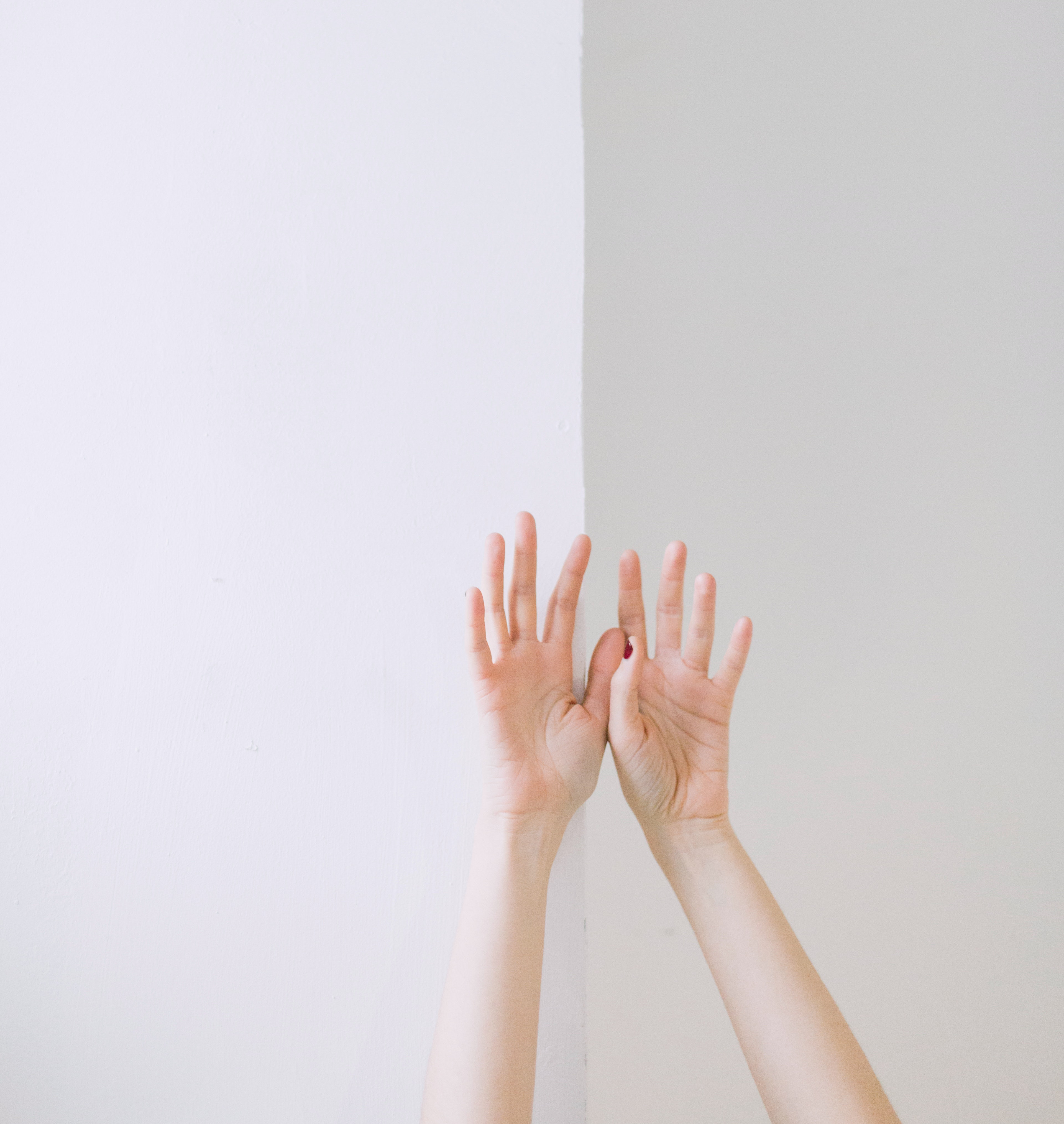
White
Open to the surrounding energy, white has always communicated a feeling of purity and cleanliness. Bear in mind that it has an enlarging effect, therefore many people try to avoid it as it can expand figures. It can build trust and approachability.
In underwear, white is a conventional colour as it portrays innocence.
Red
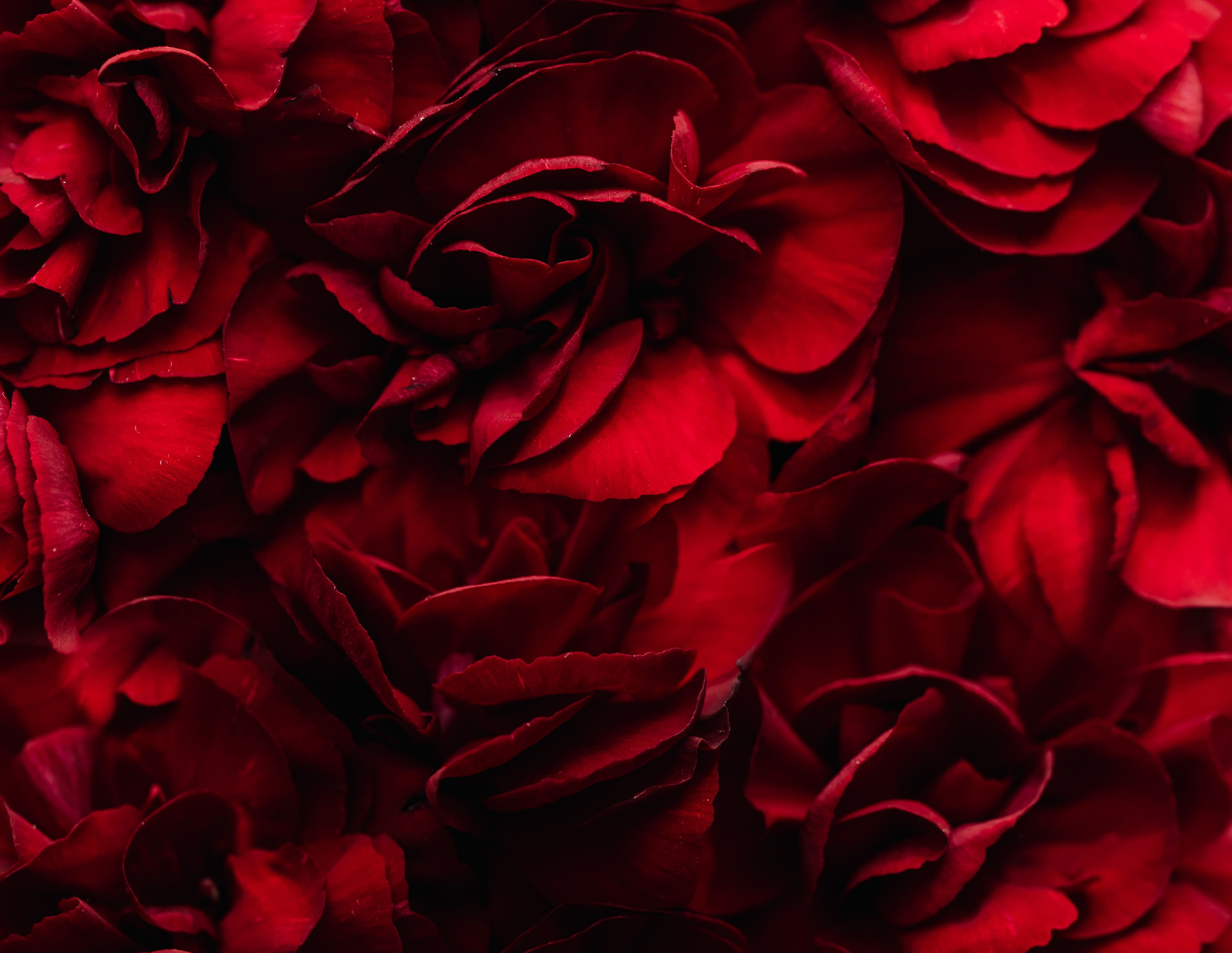
Red is a high-energy colour, especially if worn in darker tones. It gives a feeling of strength and personal power.
Dressing in red on the upper body conveys a sense of being daring, bold, willing to be adventurous. Be careful though! A livelier red might indicate that the wearer is unpredictable and impulsive, without much forethought when it relates to what she wants!
In lingerie, red expresses pleasure and a free and passionate sexuality without any form of inhibitions or limitations.
Orange

Orange is the ideal colour to be worn on vacation, and therefore, less indicate in business environments, where serious responsibilities are required.
However, it is a very optimistic colour that surely gives confidence to the wearer, representing transition, exchange of ideas and desire for renewal.
Because of its carefree disposition, in lingerie it tends to show a release of sexual tensions, preparing the wearer to enjoy a balanced, healthy and fun sex life.
It is definitely recommended in pyjamas or in bed sheets to women who have difficulties becoming pregnant and are more anxious or under pressure.
Yellow
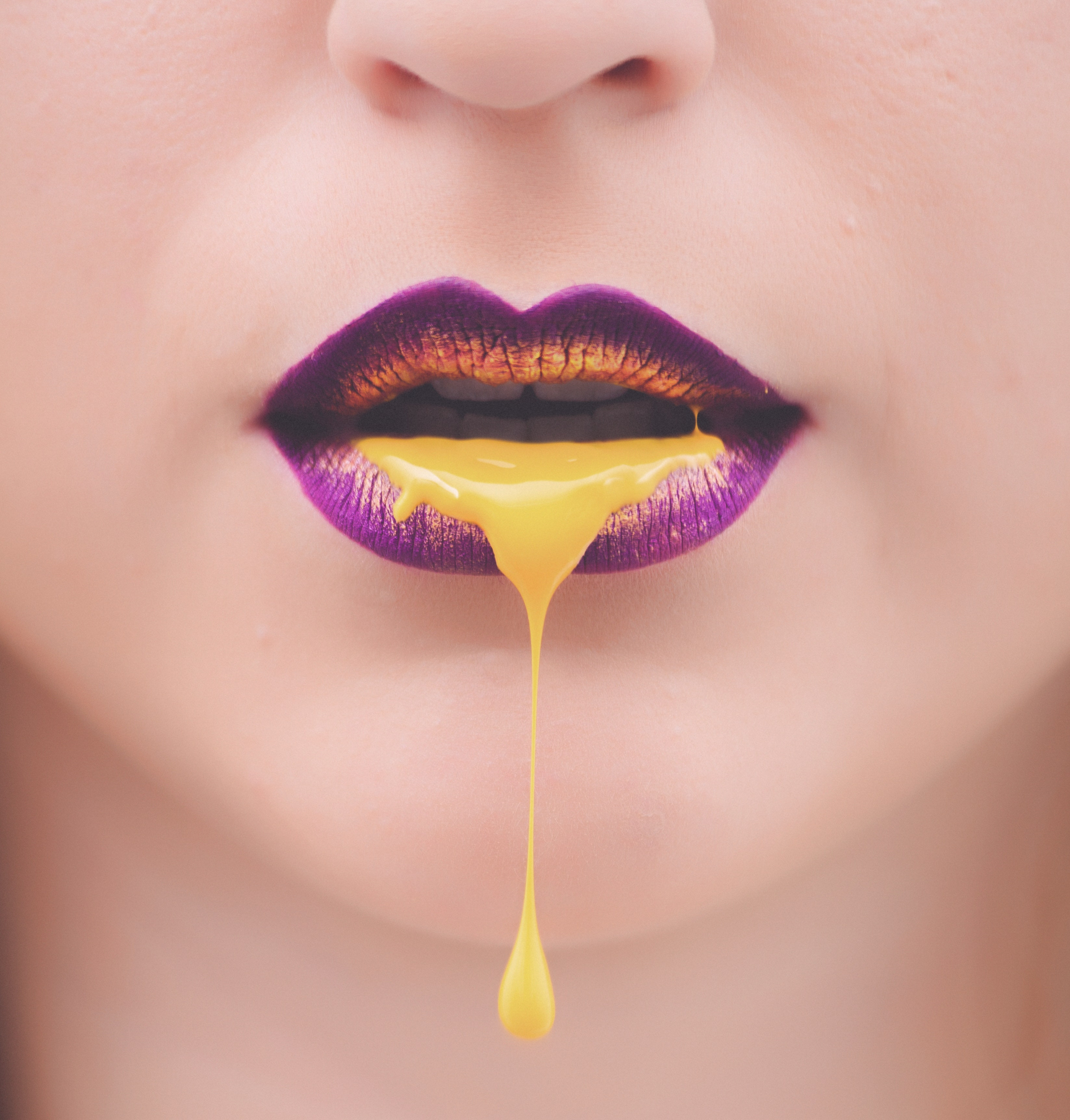
Talking about positive colours, yellow truly is one of those.
It communicates that the wearer is currently experiencing something new, an exceptional event in life or psychological freedom.
It resonates with the mental plane and it can be very helpful when dealing with a new project or goal.
A woman who dresses in yellow underwear may be going through a phase in personal relationships, either emotional or sexual, guided primarily by her thoughts and clearly able to choose what she wants and what suits her better.
Violet
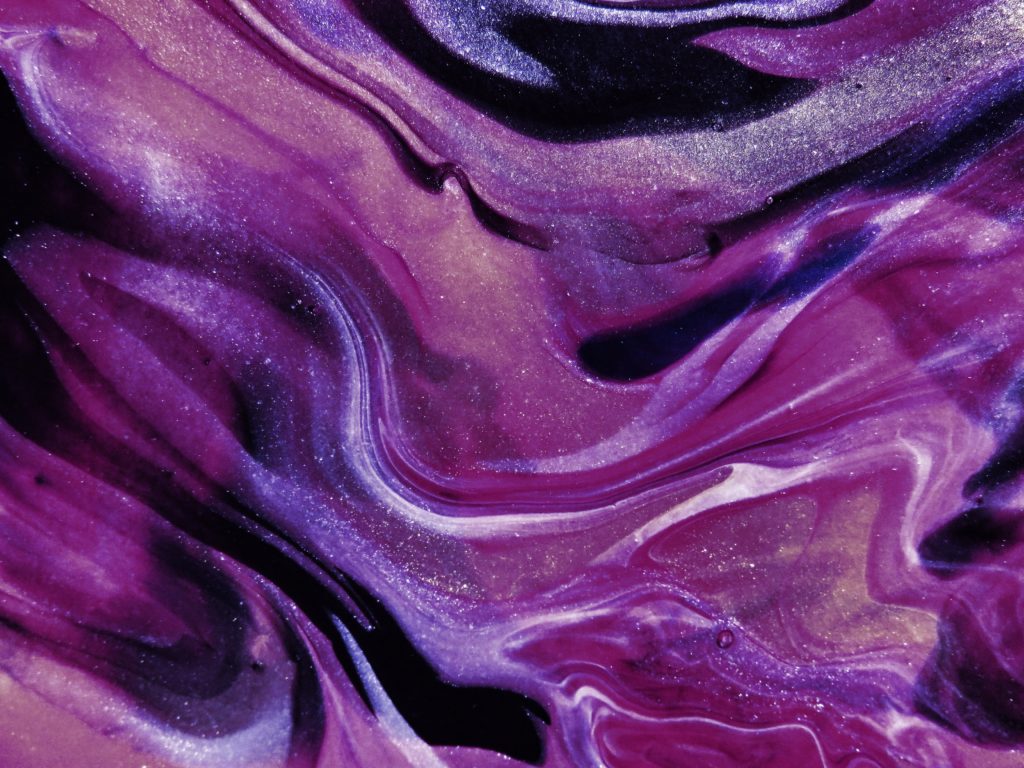
Violet is a mystic and religious colour, especially in deeper and purple tones. It also represents asexuality, as it is preferred by the elderly, children, pregnant women and the ones who practice chastity.
It is the colour of the disconnection with the material, therefore it is not advisable if you are suffering of depression, as it can cause feelings of isolation and overactive imagination.
This can also be reflected in lingerie, representing the wearer as someone who idealises images of people and fantasies not met in reality.
Pink
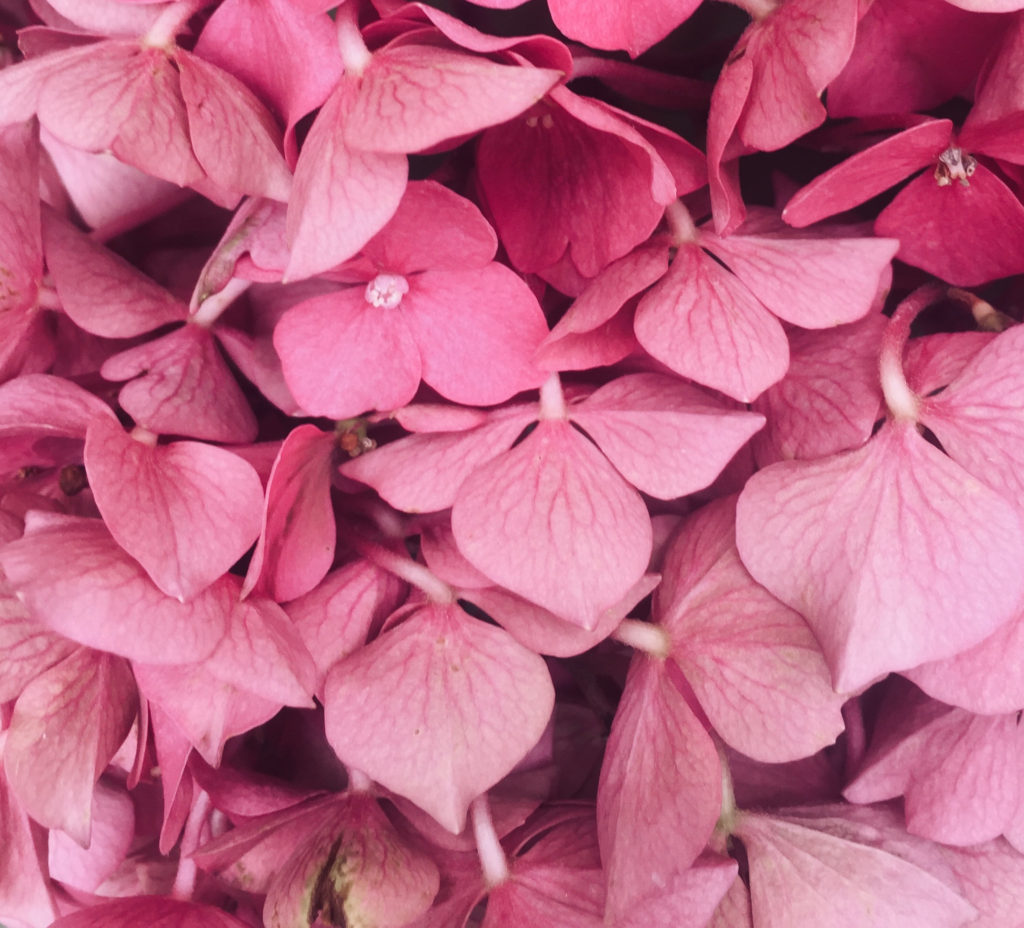
As you can imagine, pink is a soft, delicate and extremely feminine colour, thus preferably used in clothing from women. It communicates innocence and emotional immaturity if worn in an older age, representing a romantic and dreamy personality.
Dressing pink means that the wearer is looking for a long-term relationship or, ideally, for something more lasting than the usual one night stand.
Because of its delicate tones, pink also attracts men with an innate sense of protection and caring.
In lingerie, it is the ideal colour for women who prefer more affectionate and innocent sexual relationships, looking for a softer approach.
Earth colours
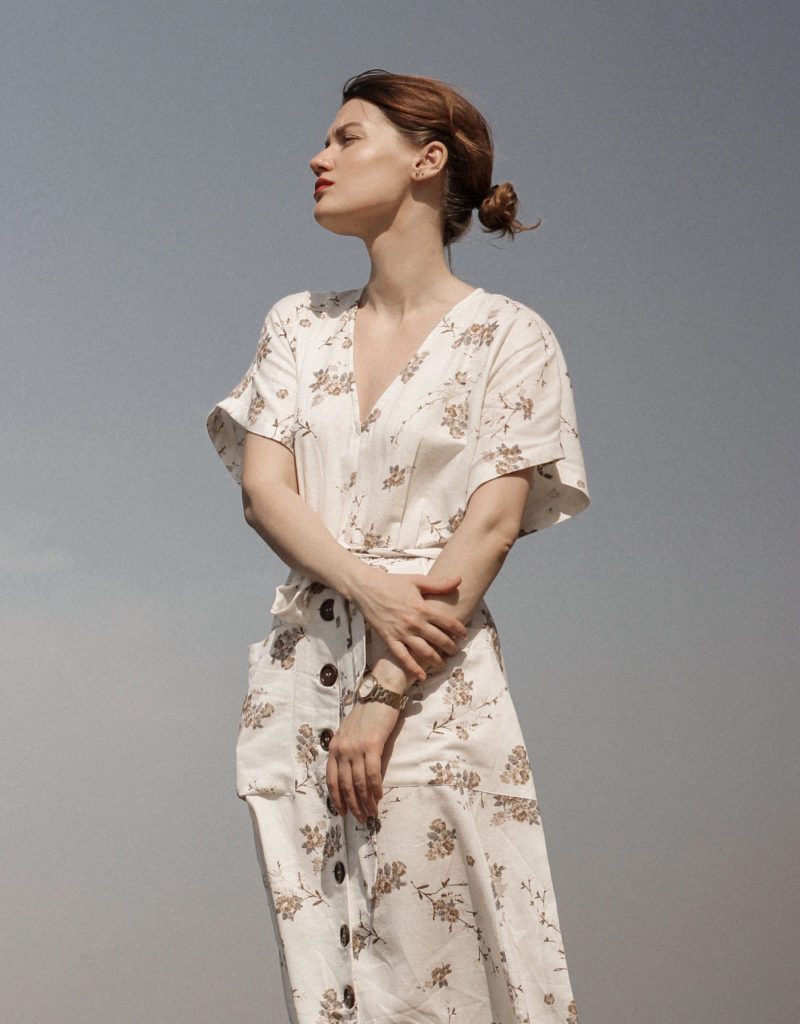
Earth colours are coffee, browns and nude tones. Usually worn when expressing the necessity of a deeper connection with ourselves, therefore those who favourite these tones are self-focused and not willing to attract attention from others.
It signifies a need to balance the energy of the physical body, a desire of connection with the earth, the more material and tangible.
A woman wearing coffee tones is usually focused on her career progression, possibly going through economic difficulties or in material need.
In lingerie, it represents a sense of disharmony between the emotional and the sexual body, therefore it is not recommended.
Green

Dark green defines a person of refined tastes, quiet and reserved.
In the 1800s, it was the colour used to label people who were considered insane.
However, as most of you may already know, it was re-evaluated and identified as Mental Health awareness’ symbol of excellence (the green ribbon).
This is also why a brighter or lighter green on the upper body reflects that the wearer is going through a healing process, when there is need for rest and time out, especially after a recent relationship break up. In this case, it can also signify that the wearer is not ready to start a new one.
Green underwear also indicates healing, either emotional, physical or sexual.
Turquoise

It is a summer colour and the ideal one to be worn in sunny environments.
Thinking about turquoise, I am pretty sure most of you, like myself, may already sense a feeling of freshness and relaxation.
In underwear, it represents freedom and tranquillity. It is also a youthful colour.
Blue
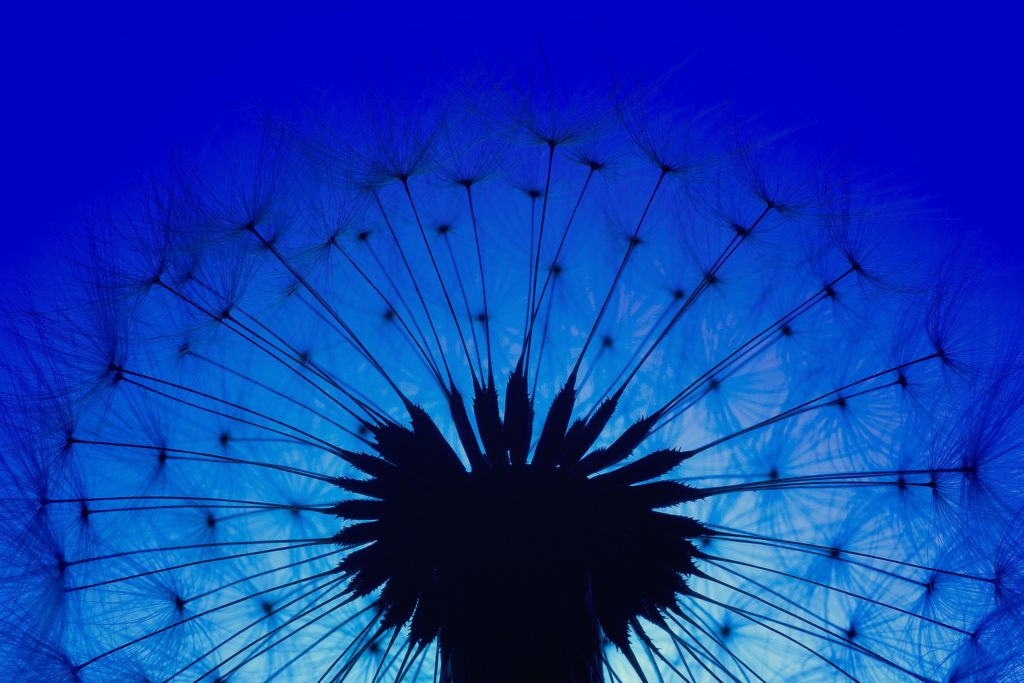
Blue conveys security, strength, and sometimes dominance. It is the colour or royalty and ideal for exercising authority. In general, a woman who dresses in blue clearly wants to be respected by others, as it is a colour of distinction, honour and justice.
It is the ideal one to be worn on special occasions, when an important announcement needs to be done and you want to be heard from people around you.
In underwear, it can communicate a feeling of peacefulness.
It is incredible thinking about the numerous unique facets hiding behind every single colour, so many that it would be impossible to go through each one of them.
It is really interesting though, trying to understand the meaning of things, the psychological aspect which is in every environment and in our everyday lives.
It is also funny how much fashion and colour can tell about ourselves, reflecting our personalities, our strengths and insecurities, as if we were an open book.
Have you ever thought about it?
I personally have not. However, when I came across this topic, I found it extremely fascinating, as it has completely changed my vision and concept about colours.
I hope after this article you won’t rush into a de-cluttering process, renewing your wardrobe because of all the notions you have just absorbed.
I would like just to remind you that the information provided in these paragraphs are completely generic and that it is not my intent to make any sort of assumption about your style, your taste of fashion and your favourite colours.
We are all different and unique in our freedom of expression of ourselves and our essence.

